I spend a lot of time using mobile applications - in part to experience what is going on and in part to experience how brands and top players are thinking about mobile. There are plenty of unexciting and uninspired examples, but here are a few great ones. I am highlighting each for a different reason:
Sherwin Williams: Color Snap
A paint company going mobile... and making it fun and useful? I wouldn't have guessed - but this application is simple and provides clear, immediate utility. Whereas most applications struggle to be more than their .com experience on a mobile screen - Sherwin Williams allows you to snap a photo, select the interior / exterior to be painted, and receive a matching color palette. Like other commercial applications, it also includes a store locator which is location-aware.
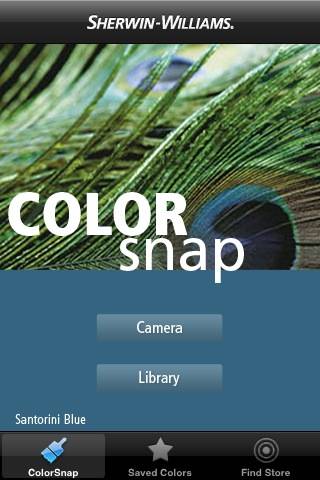

Gucci
Gucci is brand that oozes exclusivity and style... and the application embodies that terrificly. From the photos to the user interface - everything is beautifully done, highly visual and quite innovative: rather than the standard three or four button footer, navigation is controlled through horizontal swipes.
The application also features exclusive products, deals and content - in effect, this is how Gucci attempts to provide utility to the end-user. For instance, the below pair of shoes are an iPhone exclusive style. Additionally, Gucci provides an interactive store locator.

Showtime: TV at its Best
More digital media than e-commerce, but Showtime's application is good looking, useful (has scheduling and reminders) and unique (exclusive content about their top shows and episodes):

Walmart
Another innovation from a big brand. The application lets you take a photo of your wall or available space and Walmart determines how large of a television you can accommodate. Walmart of course then suggests the best televisions to fit in that space. Clever, useful and unique:

Starbucks
Easily the brand application that I use most frequently: Starbucks "Mobile Card" app allows you to pay via your iPhone, manage your account balance, find the nearest store, etc. Starbucks also has a more social and informational application called "Starbucks" which allows users to find stores, create custom concoctions, access nutritional information and – most importantly – share the experience with friends (your favorite drinks, location, Starbucks meeting times, etc). The UI is terrific and consistent with the Starbucks brand and environment.
Starbucks Mobile Card

Starbucks App

Nike ID
I love Nike ID and have ordered a couple custom sneakers in the past... my major critique when it first launched, however, was that it was not social. You could share your creations by email - but when creating unique shoes, collecting feedback is as fun / important as sharing the finished product.
Nike solves that with the Nike ID app - sharing is inherently easier and you can view public creations (which can be starting points for your own shoe style).
Furthermore, there is something more natural and enjoyable about being able to design through finger swipes, color palettes, etc:
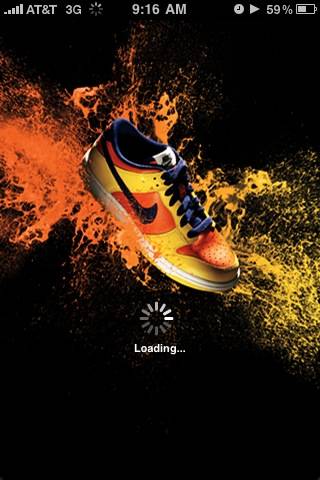

Amazon
Any surprise that Amazon's application is simple to use, innovative (take photos of products and they email matching suggestions) and highly useful (I have bought food, books and music directly through the app). Furthermore, it is the ultimate price checker - before checking out at Best Buy, run a product search on Amazon and you'll realize that you're probably overpaying (by a lot!).
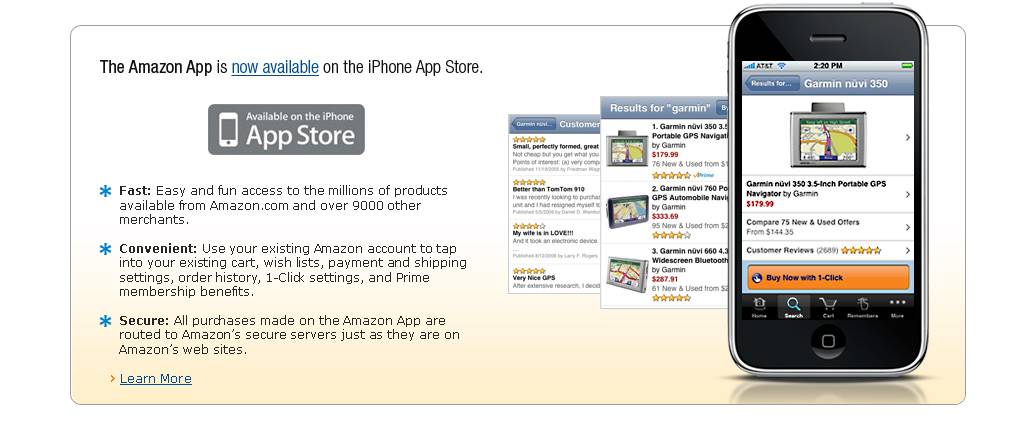

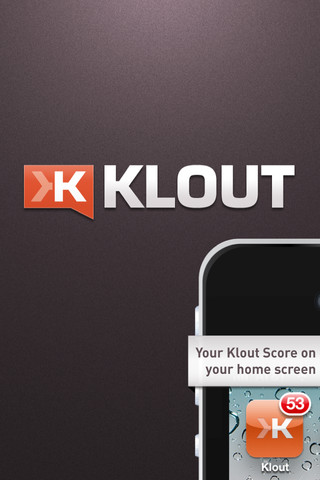
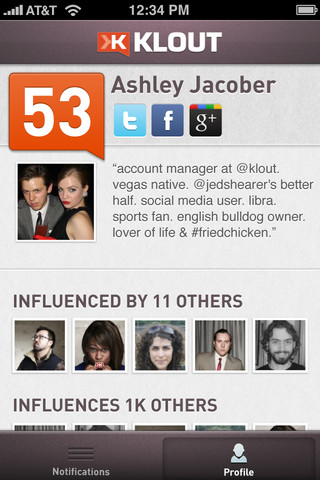


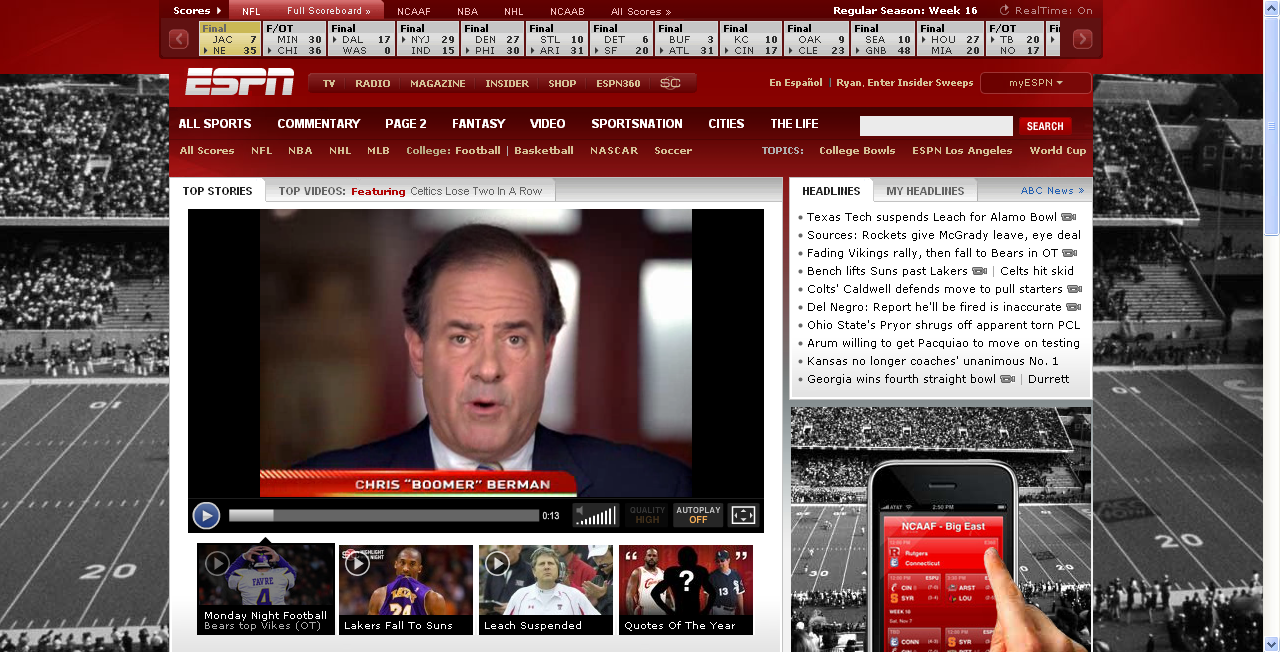
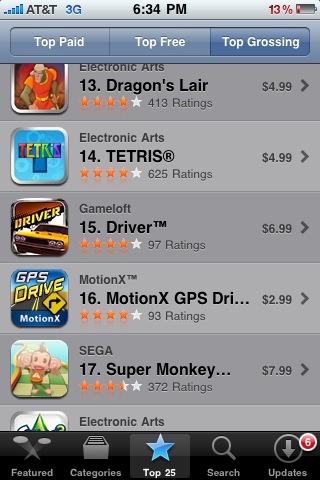
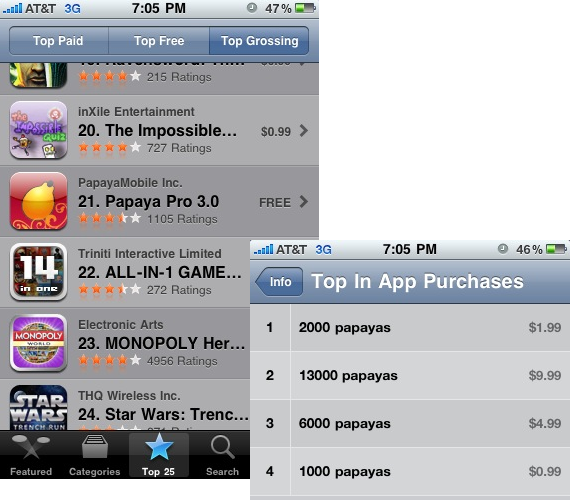
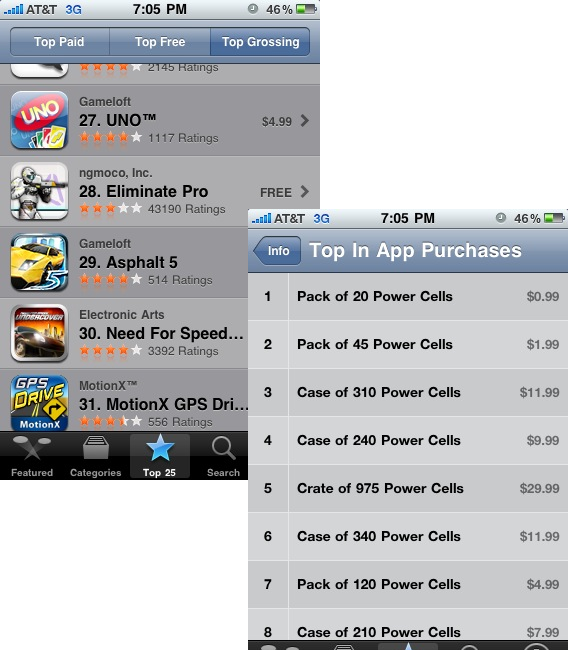
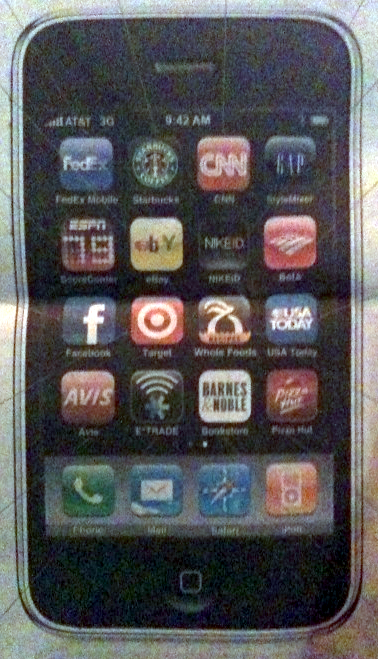











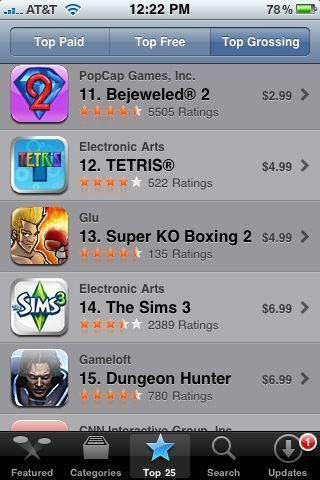
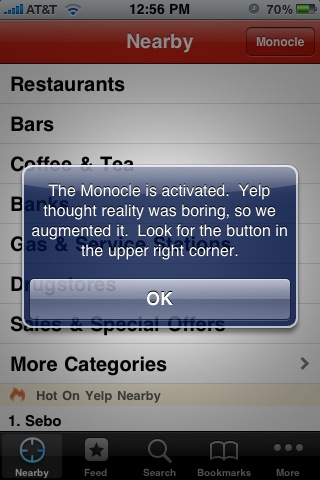 Once Monocle mode is enabled, the application combines the iPhone's camera, compass, GPS and Yelp's content. So depending on the direction of where the camera is pointed and where you are located, Yelp overlays the camera with nearby restaurants, bars, stores, etc. It is an interesting experience that is as much a novelty as it is useful... but there are applications of this experience that certainly do make sense: social, commercial and informational. The challenge will be threefold:
Once Monocle mode is enabled, the application combines the iPhone's camera, compass, GPS and Yelp's content. So depending on the direction of where the camera is pointed and where you are located, Yelp overlays the camera with nearby restaurants, bars, stores, etc. It is an interesting experience that is as much a novelty as it is useful... but there are applications of this experience that certainly do make sense: social, commercial and informational. The challenge will be threefold: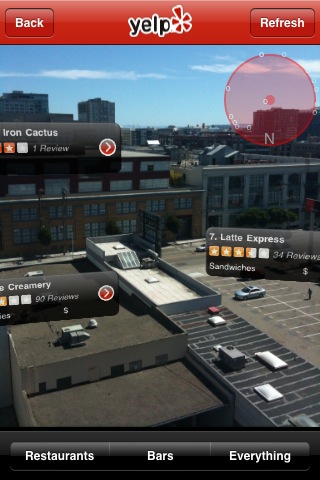
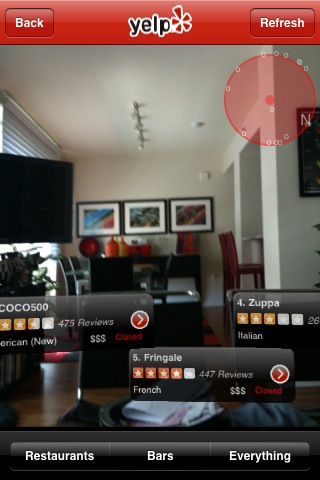
 This shouldn't come as a surprise (price differential, convenience and ease of mobile uploading) - but it is noteworthy. As an owner of both the iPhone 3GS and the Canon Rebel - I can say that I too have found myself opting for convenience and mobility over artistic and picture quality.
This shouldn't come as a surprise (price differential, convenience and ease of mobile uploading) - but it is noteworthy. As an owner of both the iPhone 3GS and the Canon Rebel - I can say that I too have found myself opting for convenience and mobility over artistic and picture quality. 